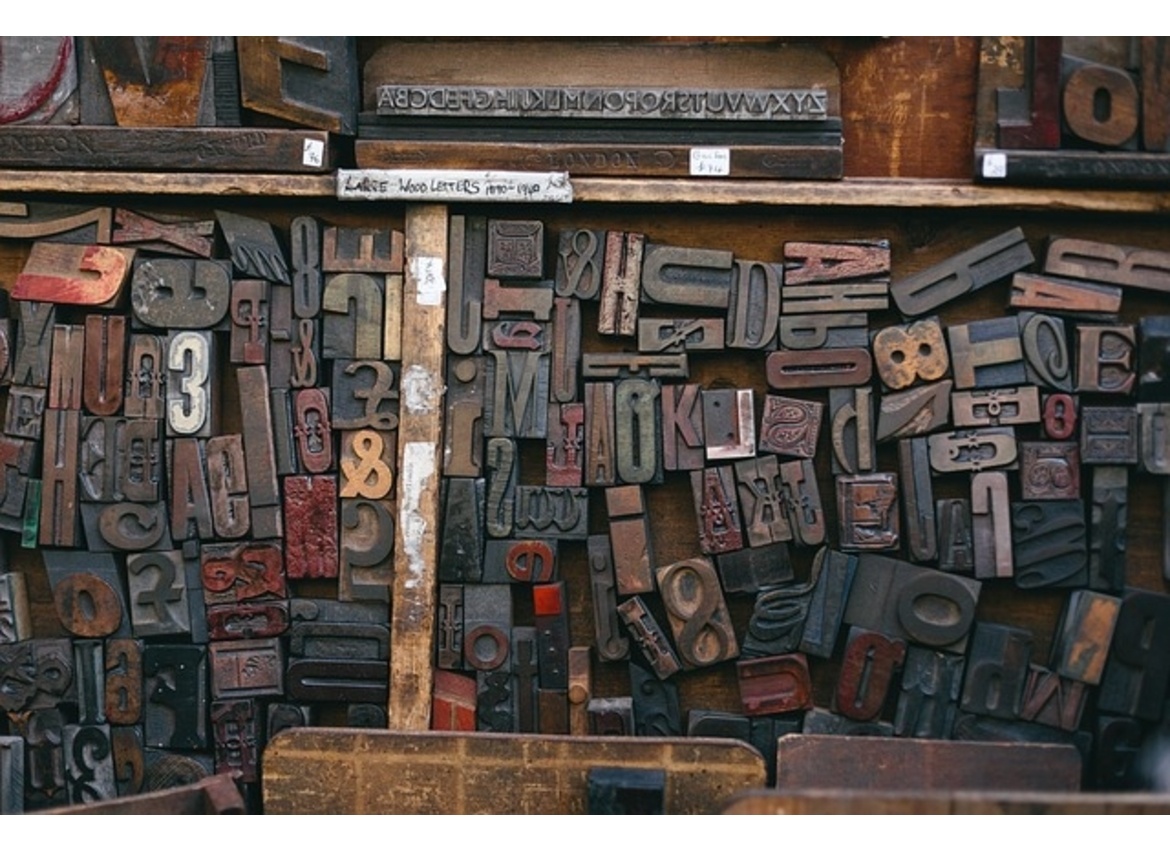Yes, caveat with a maybe.
It’s no secret that everything is moving online. Even just 15 years ago, you were disconnected from the Internet every time someone called the landline and the Internet was mostly just directories and potentially malicious files that were just one click away from eating your computer alive.
It’s quite easy to forget that some activities are still done with human hands and without the aid of a computer.
With this mass migration online, the education system has followed suit. Tablets are now a common learning resource in classrooms and increasingly schools and universities allow assignments to be submitted digitally.
Malware will be eating homework from now on, Fido has served his time.
Relatively new technologies are common place in schools. The sensational has become the normal for the next generation of business leaders.

But what of the skills gap?
WHAT’S THE PROBLEM?
We naturally think digitally.
It’s forgivable because almost everything is digital. The designs are digital, many of the printers are digital. Digital marketing, websites and the like play an integral part of the marketing mix.
However digital can’t ever fully replace the real thing because we still move through the world and we still love to be stimulated by great design. A great printer blends craftsmanship with cutting edge tech, making sure your vision is brought to life with detail and expertise.
So maybe what appears to have been lost is an understanding of what the print industry actually is. It’s not just a production line of screen printers in a dusty warehouse facility. Print relies on some of the most high-tech machines on the market.
The Longier Hunter FR3900 that we took delivery of in 2016 exemplifies this.
At almost 5 metres wide and 1.4 metres tall – it’s safe to say that it gets a lot of attention from visitors to our site. And when you find out that you could buy an entire street in the north of England instead and still have money left over – you’ll realise that print is still big business.
Without designers, artworkers and skilled press operators – there would be no print industry. Shops would be decidedly boring and swanky head offices would have fancy artworks drawn on the walls with crayons.
Graphic design is often taught in schools and colleges with more of a technical emphasis. This often leads to fantastic architects and product designers – whilst providing all of the fundamental skills for moving into graphic design for brands and web. What isn’t emphasised is the potential of moving into the print industry.
It’s not necessarily a skills gap, but a miscommunication of career opportunities for those with the right mind set to thrive in the print industry.
Print isn’t being left behind; it’s evolving alongside the digital world. The challenge is, in fact a lack of understanding and a lack of awareness.
Sure, the print industry needs press operators – but this career is a lot more challenging and involved than you might think. Understanding the entire process is a rare skill and a highly valued one at that - from design to artworking to printing and finishing.
WHAT’S THE SOLUTION?
More needs to be done to make young people aware of the print industry. Not so much with developing the skills but communicating the opportunities.
Career guidance in schools is very matter-of-fact. If you’re good at chemistry, you become a chemist. If you’re good at history, you become a historian. If you’re good at English, you become an English teacher.
If you’re good at Computer Science and Business Studies – does that mean you need to become either a computer programmer or entrepreneur? No. If you hone your writing skill and web skills, you could become a web developer at a B2B marketing agency. The fundamental understandings of business would help you make web development decisions and your computer programming knowledge acts as a firm basis for growing web development skills.
The exact same goes for moving into the print industry. It’s not an industry built from job listings in the back of newspapers and children of other print technicians. If you’re good at graphic design and also good with your hands – maybe this is for you.
The opportunity is there, people just need to know about it.


